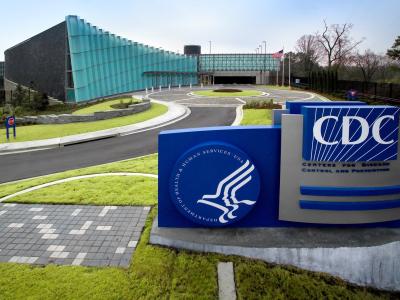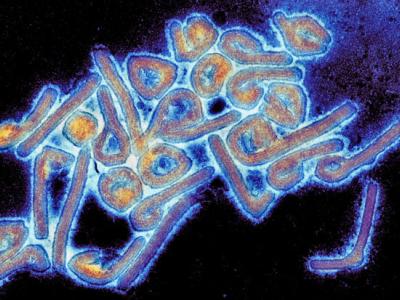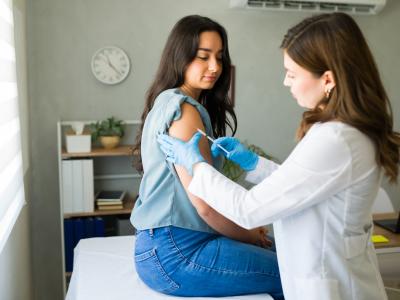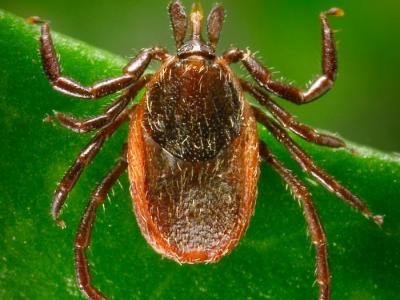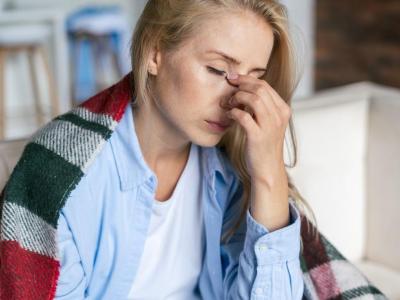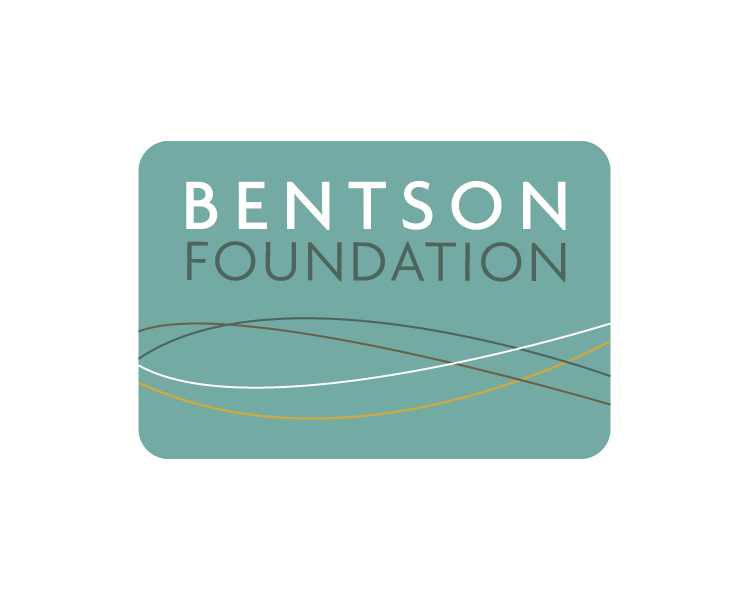A study published yesterday in The Lancet Global Health estimates that about 22% of the world's population is at risk for severe COVID-19 because of underlying illnesses and that 4% could require hospitalization.
The group of international researchers modeled risk using prevalence data from the Global Burden of Diseases, Injuries, and Risk Factors Study 2017 and from 2020 United Nations population estimates to determine that 1.7 billion people in 188 countries have at least one underlying disease that puts them at high risk for severe COVID-19 (range, less than 5% of those younger than 20 years to more than 70% of those 70 years and older).
If infected, about 349 million people, or about 4% of the world's population, could be at high risk and require hospitalization (range, less than 1% of those younger than 20 years to 19% of those 70 years and older). About 6% of males and 3% of females are at high risk, according to the study.
These estimates don't include people aged 70 and older without underlying illnesses, who are independently at elevated risk because of age. Including them would increase the global at-risk population to 24%, the authors said.
Chronic diseases affect about 10% of people by age 25, 33% by age 50, and 66% by age 70 and affect males and females equally, the study found. About 23% of people in the world's working population (aged 15 to 64 years) have at least one cormorbidity, particularly chronic kidney disease or diabetes.
Of the 1.7 billion people at increased risk for severe coronavirus disease, 0.4 billion (6%) have two or more underlying illnesses relevant to COVID-19 outcomes, many of them living in regions with high proportions of older people (eg, Europe, North America).
Advanced age, HIV/AIDS, diabetes predisposing factors
The most influential underlying illnesses in those 50 years and older included chronic kidney or lung disease, diabetes, and cardiovascular disease. Most at risk were residents of countries with high proportions of older people (eg, Japan, Puerto Rico, most of Europe), African countries with a high prevalence of HIV/AIDS (eg, Eswatini, Lesotho), and small island nations with a high prevalence of diabetes (eg, Fiji, Mauritius).
The lowest proportion of population at high risk for severe COVID-19 outcomes was in Africa (16%), while it was 31% in Europe, consistent with age distributions in those regions. But the researchers caution that the lower percentage in Africa masks the similar or higher age-specific risks than those in Europe that could lead to more fatalities.
The estimates could help governments lifting physical distancing restrictions understand how many people to target with enhanced social distancing measures or vaccination, if available. The authors noted that the risk of severe outcomes varies considerably by age and may be only modestly increased and that their study didn't take other possible contributing factors into account.
"Our estimates are uncertain, and focus on underlying conditions rather than other risk factors such as ethnicity, socioeconomic deprivation, and obesity, but provide a starting point for considering the number of individuals that might need to be shielded or vaccinated as the global pandemic unfolds," they wrote.
Societal interventions to address inequalities
In a commentary in the same journal, Nina Schwalbe, MPH, of the United Nations University-International Institute for Global Health in Kuala Lumpur, Malaysia, and colleagues said that the pandemic is impeding the progress of fragile populations and highlights the need to understand the links between underlying conditions, risk factors, and infectious diseases.
"This requires acknowledging the importance of interventions to address structural inequity, universal health coverage, and wider social protection schemes as part of the response," they said. "It is time to acknowledge that we are not all at equal risk of severe outcomes from COVID-19 and to work together with those most affected to tailor an effective response."
Schwalbe and her colleagues also noted that, although the study authors call for shielding, or targeting high-risk groups with strict quarantine procedures, they recommend a "less patriarchal approach" that involves engaging with communities to give them a say in developing an appropriate response.










